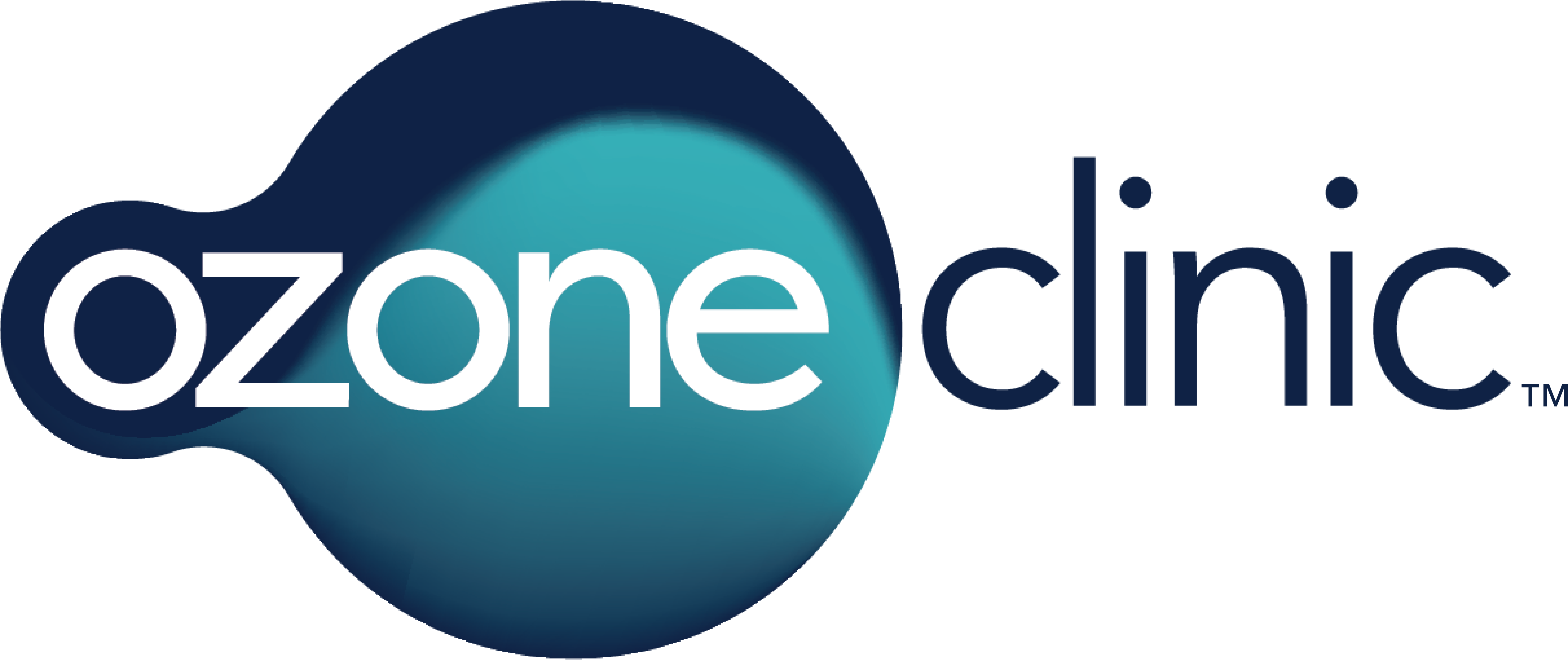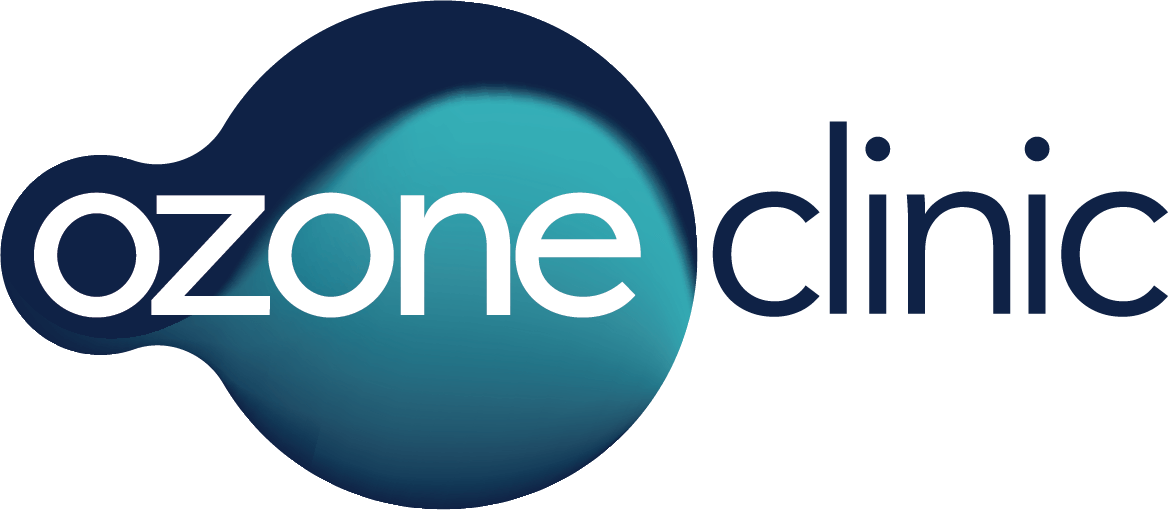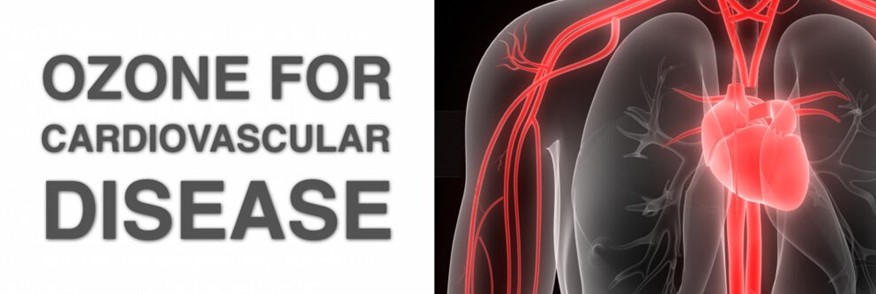Ozone therapy in the the rehabilitation of patients with coronary heart disease.
Keywords: ozone therapy, coronary heart disease, lipid spectrum, anguinoid attacks, hypertension, antianginal drugs, ozone treatment, rehabilitation, cardiovascular disease.
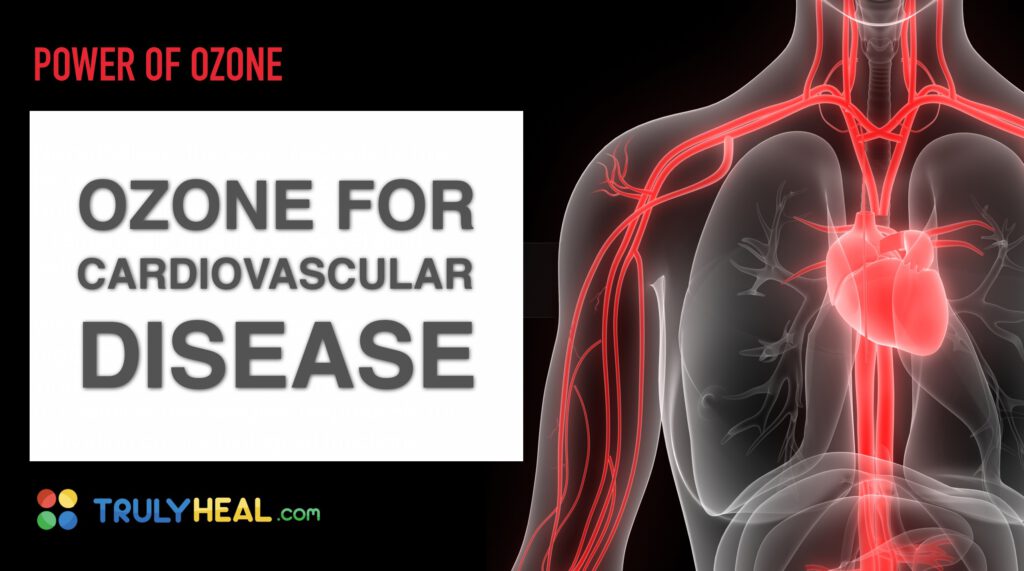
Case Study
The clinical effectiveness of ozone therapy in the rehabilitation treatment of patients with coronary heart disease was observed in 155 patients with stress angina of functional classes I and II. Of them, 105 patients underwent ozone therapy on the ozonator made by the firm “Medozon” (Moscow) with 2.5-3 mg/L ozone concentrations. The results of the research testify to the high clinical efficacy of the method at the expense of the activation of oxygen supply mechanism and rising of the functional reserves of cardiovascular system. The method of parenterally administrating the ozone-acid mixture expands potential treatment options for patients with angina who are at a high risk of complications and co-morbidities.
Method and Materials
The conducted study was open and randomized, lasting 21 days. A survey of 155 patients ranging from the ages 42 and 78 (average age 57.8 ± 0.6 years) was taken. These individuals with coronary heart disease were 51.0{e43154ce913794517af217fcab284b44cfe906ba9a1c4ba2ecde5a9be0395ec5} male and 49.0{e43154ce913794517af217fcab284b44cfe906ba9a1c4ba2ecde5a9be0395ec5} female. Patients were admitted to clinical treatment in the sanatorium of the Gomel branch of the Belarusian Railway.
Read more on the sourced article here and below.
Results
In clinical observation of patients surveyed during the treatment for cardiovascular disease, attention was paid to the dynamics of coronary artery disease in the heart. It considered its frequency, duration and severity.
Data on the effect of treatment on the frequency of anginous attacks in patients with coronary heart has been categorised in table 1.
Table (1)

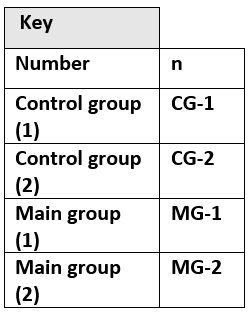
Discussion
As table 1 data suggests, by the end of the treatment, angoyneous seizures in 35 MG-1 (63.6{e43154ce913794517af217fcab284b44cfe906ba9a1c4ba2ecde5a9be0395ec5}) and 20 MG-1 (36.4{e43154ce913794517af217fcab284b44cfe906ba9a1c4ba2ecde5a9be0395ec5}) patients has diminished. Likewise, the MG-2 data shows 60.0{e43154ce913794517af217fcab284b44cfe906ba9a1c4ba2ecde5a9be0395ec5} and 38.0{e43154ce913794517af217fcab284b44cfe906ba9a1c4ba2ecde5a9be0395ec5} respectively. In the control groups, anginous attacks range to only 10 (33.3{e43154ce913794517af217fcab284b44cfe906ba9a1c4ba2ecde5a9be0395ec5}) and 19 (63.3{e43154ce913794517af217fcab284b44cfe906ba9a1c4ba2ecde5a9be0395ec5}) respectively
Conclusion
The results of these studies show the high effectiveness of the method (ozone therapy) as a factor in improving functional reserves of Cardiovascular system.
Source
- Medical research paper by P. N. Kovalchuk, L. S. Kovalchuk at Gomel State Medical University: Озонотерапия в восстановительного лечении пациентов с ишемической болезнью сердца
- https://cyberleninka.ru/article/n/ozonoterapiya-v-vosstanovitelnom-lechenii-patsientov-s-ishemicheskoy-boleznyu-serdtsa Accessed: 12pm, 23/12/2020 [online]
